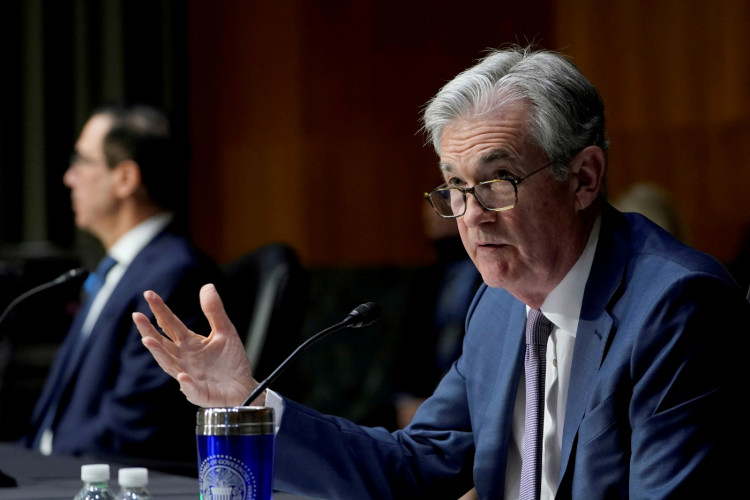The Federal Reserve is predicted to increase interest rates on Wednesday, potentially indicating a pause in its 14-month tightening cycle. Policymakers must weigh the necessity to curb inflation against an array of pressing risks, from bank failures to the potential U.S. debt default as early as next month.
Market participants expect the U.S. central bank to implement a quarter-percentage-point rate hike at the conclusion of its most recent two-day policy meeting. The policy statement is slated for release at 2 p.m. EDT (1800 GMT), with Fed Chair Jerome Powell set to address reporters 30 minutes later.
However, the new statement and Powell's explanation will need to address a growing set of conflicting risks.
Inflation has only decreased slowly, leaving some Fed officials skeptical that interest rates have been raised sufficiently to truly control it. Meanwhile, the economy seems to be weakening, a series of recent bank failures has sparked concern about wider issues in the financial sector, and unresolved debt limit discussions between congressional Republicans and the Democratic-led White House could lead to an acute crisis if the U.S. government is forced to stop paying its bills.
As of March, 10 out of 18 Fed policymakers indicated they would likely be prepared to stop rate hikes after one more increase, expected at this week's meeting, which would raise the Fed's benchmark overnight interest rate to the 5.00%-5.25% range.
Considering that consensus and other intensifying issues, the Fed is likely to at least consider the possibility that this hike will be the last of the current tightening cycle, barring any future inflation surprises.
Just as the central bank had to address the fallout from the failures of Silicon Valley Bank and Signature Bank at its March 21-22 meeting, policymakers now must evaluate the collapse of First Republic Bank and determine if the financial sector is facing wider turmoil, or if credit is likely to become even scarcer and more costly than the Fed deems necessary to temper inflation.
Krishna Guha, a former New York Fed official who currently serves as vice chairman of Evercore ISI, noted in a pre-policy decision message that the tradeoff for proceeding with a rate increase this time "may be that Powell has to adopt a less forward-leaning tone in terms of prospects for additional tightening at the following meeting."
The Federal Open Market Committee's new policy statement will provide the first hints about the Fed's future direction. The March statement said that the central bank "anticipates that some additional policy firming may be appropriate in order to attain a stance of monetary policy that is sufficiently restrictive" to reduce inflation.
This phrasing aligns with the economic projections provided at the March meeting, which forecasted at least one more rate hike.
In 2019 and 2006, when the Fed adjusted its approach while raising borrowing costs, it replaced language favoring higher rates with more neutral guidance. For example, in June 2006, the Fed stated that "the extent and timing of any additional firming ... will depend on the evolution of the outlook for both inflation and economic growth."
HSBC analysts wrote that, with rate hikes embedded in the Fed's statement since January 2022, "we think the FOMC is likely to soften its forward guidance on additional rate hikes," particularly as the policy rate following this meeting will reach the peak most Fed officials had projected.
Maintaining the current language might suggest a change in those projections, a hawkish shift towards additional rate hikes that the Fed might not want to rule out or guarantee.






